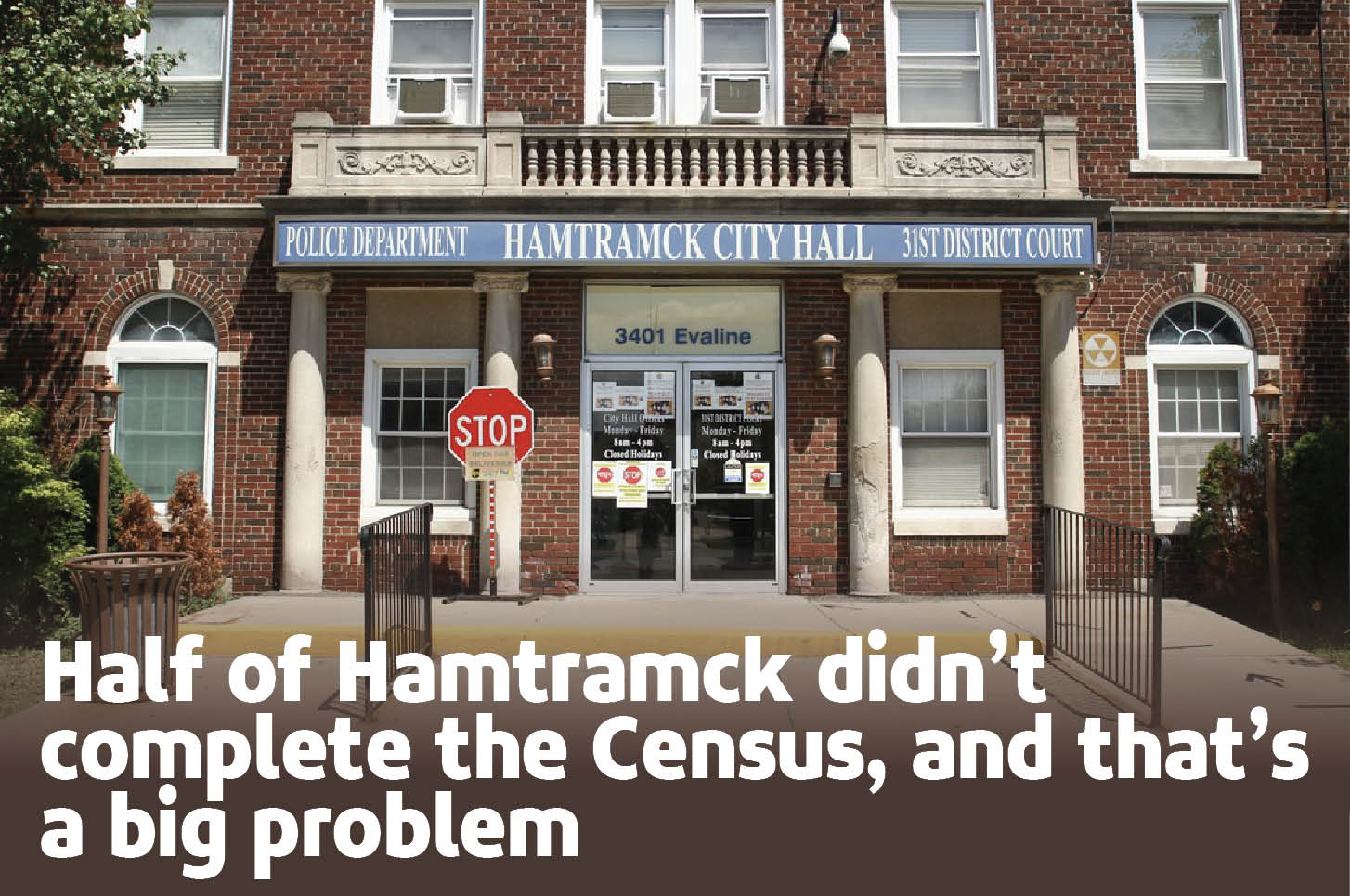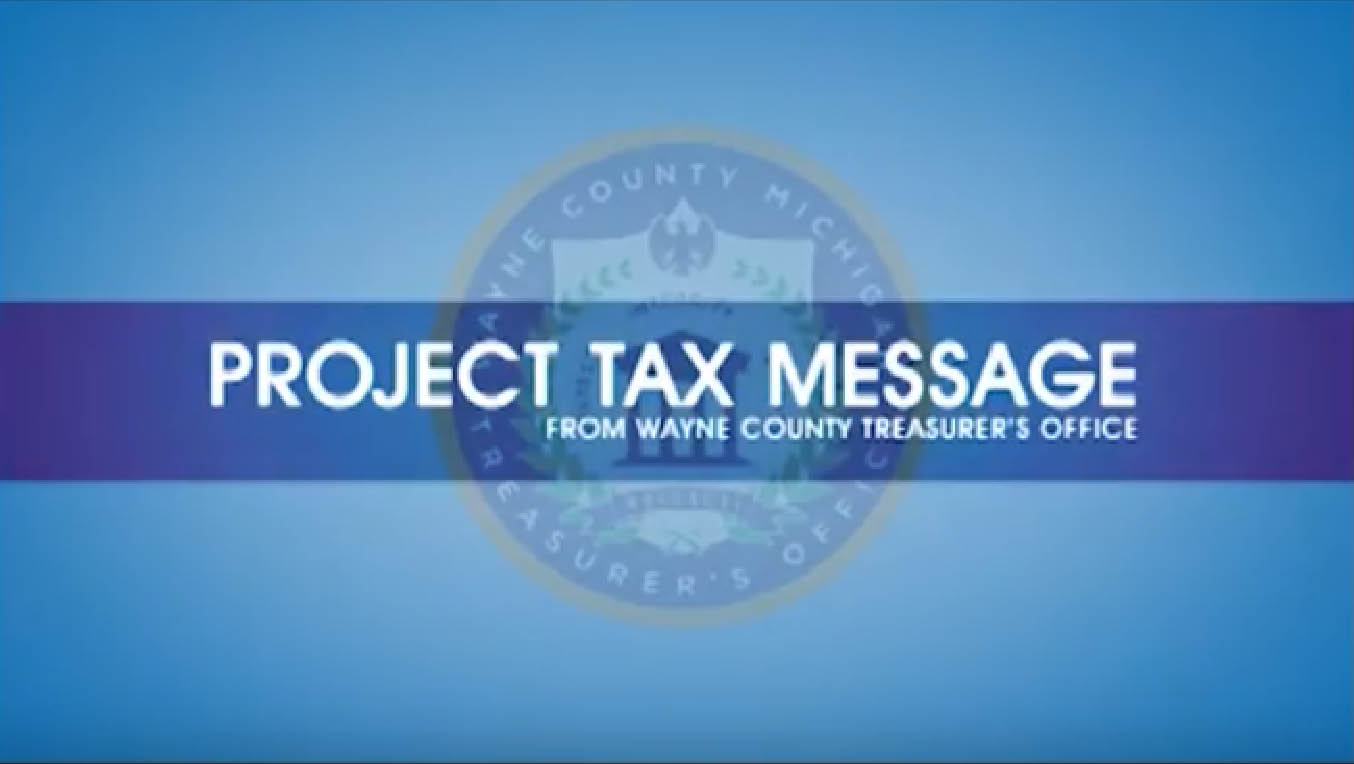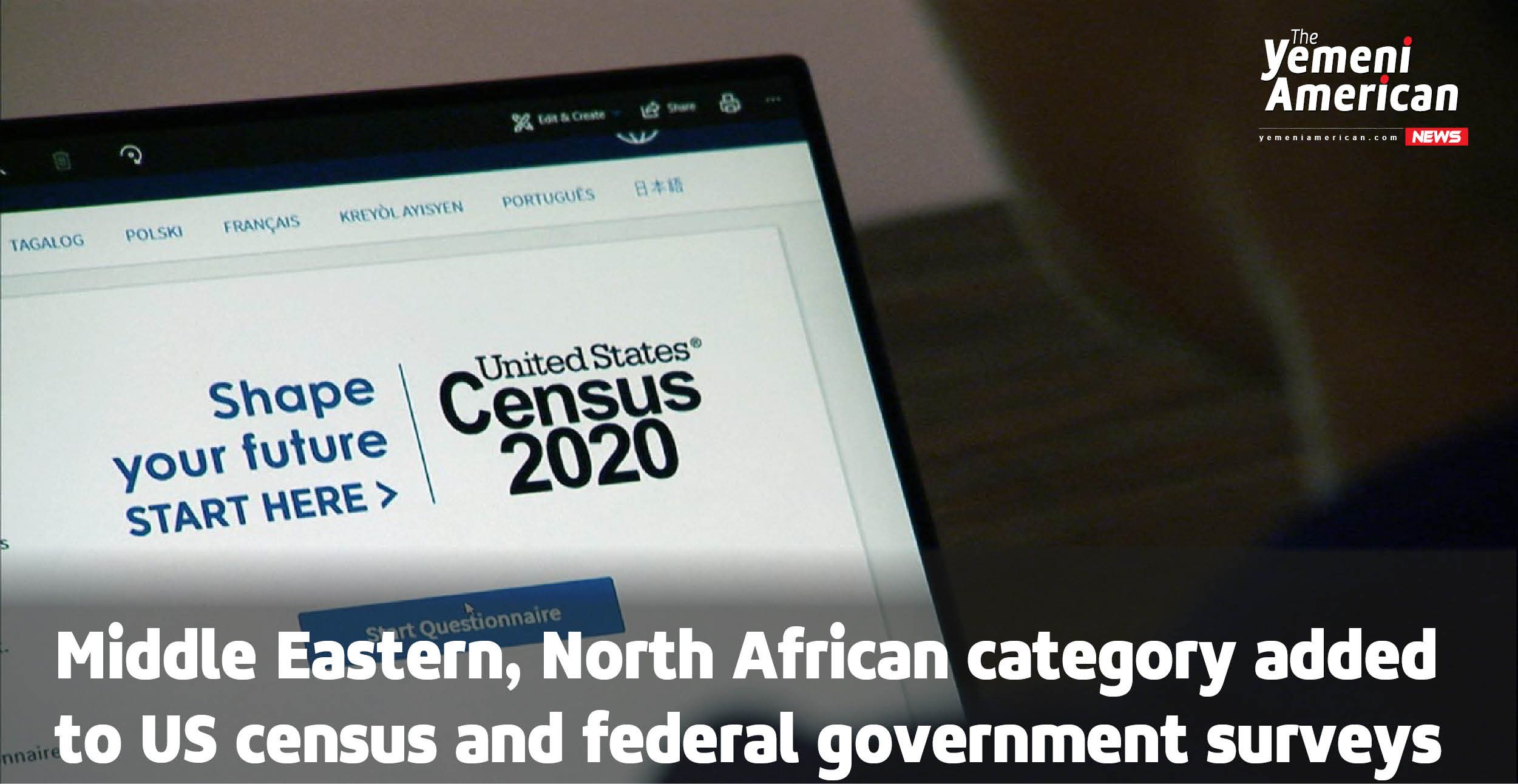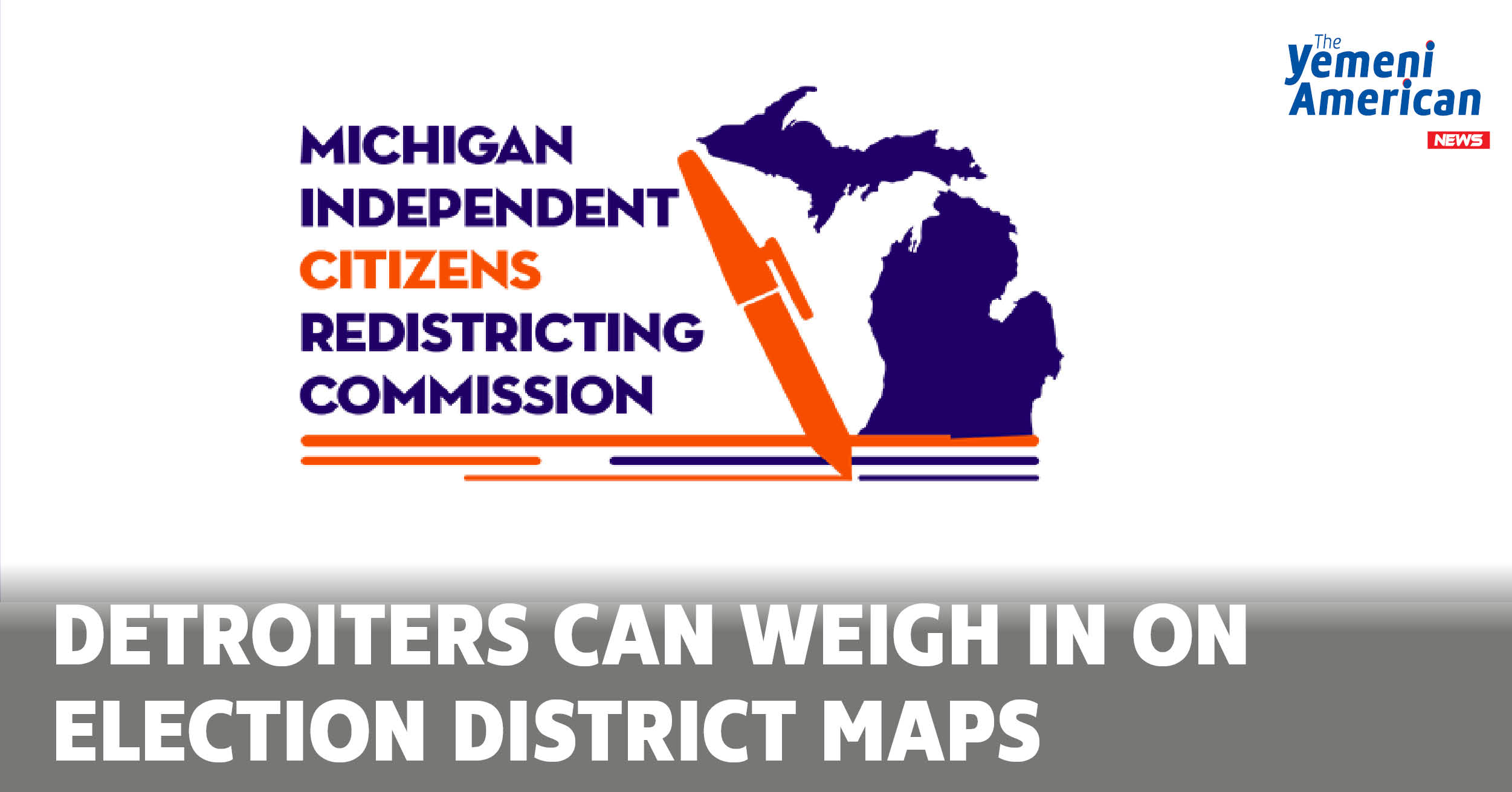By Simon Albaugh
HAMTRAMCK, Mich. – The Census workers were announced at a City Council Meeting held over Zoom. The City Manager, following the agenda like a script, showed off the Census 2020 shirts that all the Councilmembers received. Then she began her announcement to the 14 or so in attendance:
“The Census workers will be going door-to-door to collect Census information,” said Kathleen Angerer, City Manager of Hamtramck. “They’re starting [mid-August] and will be continuing to do that throughout the city until the last day, or until we have 100%. So please make sure your friends, family, your neighbors know that answering the door for the Census workers is something we need to do.”
Since the announcement on Aug. 11, the city has seen an increase in self-responses of just a little over 1% – that’s up to 57.3%, from its 56.2% in August.
There’s a little bit to celebrate in that. In Detroit, the self-response rate is just 49.6%. But that good feeling won’t last long when we remember that the self-response rate for the rest of Michigan is 70.2%. So Hamtramck is falling behind quite a bit from the rest of the state.
In order to understand these numbers, we need to remember a few things: that this is only the rate of response for people who did the census on their own, that this number doesn’t account for houses that will be empty throughout the year, and that Hamtramck is pretty darn complicated to count. It’s no surprise that countries all over the world are struggling with things like this for their Censuses.
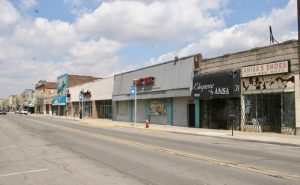
Hard to Count in Hamtramck
In 2019, the United Nations published a document detailing the hard-to-count populations of a country’s census, and different tactics for making sure that they’re represented. There are four factors that determine how difficult a certain group, city or population is to count. Hamtramck can ultimately be defined by three of those:
- We’re hard to contact: In a lot of the apartment buildings and neighborhoods, it can be difficult for census workers to contact people who need to fill out the census. A language barrier can also contribute to this.
- We’re hard to persuade: There’s a lot of evidence to suggest that many people in immigrant communities feel that responding to the Census would make their information available to federal immigration authorities like ICE. The Census is 100% confidential, but it can be difficult to convince everyone of this.
- We’re hard to interview: When contacted by Census workers, the plethora of languages spoken within Hamtramck means that we have a serious barrier to filling out the Census.
The UN document also provides some tactics for overcoming these barriers to an accurate Census count. But here’s the problem: most of the tactics deal with public gatherings. The COVID-19 Pandemic has seriously upended many of the efforts to interview the hard-to-count communities.
In Hamtramck, we have many different communities that all live together. Those various communities all have a different ideal for how they should be made aware of the Census, so there is no one-size-fits-all tactic for a city like Hamtramck. Still, people from the communities represented in Hamtramck say that they want to be counted, and there is a way to reach their communities.
WDET’s Roundtable Discussion
The Yemeni American News was invited to listen to a conversation about the Census with WDET, Detroit’s National Public Radio Station. Women from various backgrounds were invited to discuss the ways that the census can positively impact their community, while communicating how difficult it is to count their communities during the Census.
Nargis Rahman (who is a contributor for the Yemeni American News) was one of the moderators of the discussion, partnering with Sascha Raiyn, WDET’s Education Reporter. Throughout the roundtable discussion, they both worked to understand the ways in which people have been engaging with the census.
“I find that when covering the media, a lot of the time people are uncomfortable or hesitant to speak about concerns within their immigrant communities, especially with a lot at stake,” Rahman said. “Some of the issues that came up during our roundtable were around surveillance, not being represented on a larger government scale and resources being missed because people are not being counted on the Census.”
The women in the roundtable discussion talked about some tactics for getting a higher count within their community. Many of them looked to have worked, like one person who engaged their parent’s network of friends to make sure the Census is filled.
“I took the strategy of talking to my dad and getting him to call all of his friends and asking if they had completed the census,” said Fatema Haque, Vice President of the Rising Voices of Asian American Families. “And that actually turned out to be great because a lot of folks hadn’t. I even ended up helping some folks because their issues with you know, technology, access, language.”
Despite its importance, the Census isn’t without its criticism. There is no Middle Eastern/North African (MENA) Category for race, and this can make a lot of statistics about these communities more difficult to find. Despite these well-founded critiques of the Census, its importance can’t be understated.
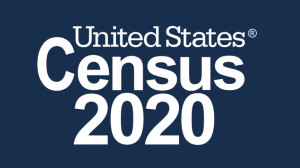
Essential for the Next Ten Years
The Census determines some of the most important functions of governance over the next ten years. Billions of dollars are spent based on the numbers that are provided by the census. Congressional maps use the Census’ information to decide how districts will be drawn and what neighborhoods are included in them. Education spending is even determined by the number of children in each school district.
The Census is 100% confidential, with various factors designed to ensure that every result is anonymous. The deadline for the Census is Sept. 30, so if you haven’t already filled it out, now’s your chance.
At the City Council Meeting, Hamtramck City Manager Kathleen Angerer tried to explain this importance. “It’s something that will help us with the dollars that come into the city of Hamtramck,” Angerer said. “It’s done every ten years and I know we’ve talked about it a lot here. But while we’re tired of hearing it, we don’t think everyone knows it yet. So please continue to respond to the census and encourage others.
Have you filled out the Census yet? Go to https://my2020census.gov/ to complete the 2020 Census.


